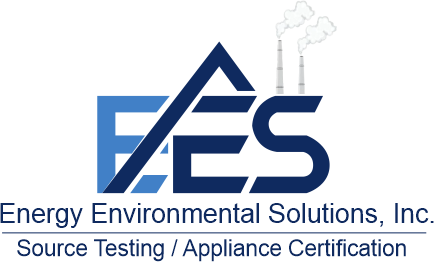In the heart of winter, the last thing any homeowner wants is for their furnace to fail. Beyond the discomfort of a cold home, a malfunctioning furnace can pose serious safety risks, including carbon monoxide poisoning and fire hazards. This is where the critical process of furnace testing comes in, playing a vital role in ensuring the safety and efficiency of this crucial home heating system.
Understanding Furnace Testing
Furnace testing is a comprehensive evaluation process designed to assess various aspects of a furnace’s operation, including its efficiency, safety, and overall performance. It involves a series of checks and tests performed by qualified professionals to identify any potential issues that could lead to system failure or safety hazards.
Why Furnace Testing is Essential
Safety
The primary reason for furnace testing is safety. A malfunctioning furnace can emit carbon monoxide, a colorless, odorless gas that can be fatal in high concentrations. Regular testing ensures that the furnace is operating correctly and safely, venting gases as designed.
Efficiency
Efficiency is another critical factor. An efficient furnace uses less energy to heat a home, which not only saves money on utility bills but also reduces the environmental impact. Testing can identify areas where the furnace is losing efficiency, allowing for corrections that improve performance and cost-effectiveness.
Preventative Maintenance
Furnace testing is a crucial component of preventative maintenance. By identifying and addressing issues early, homeowners can avoid more significant, costly repairs down the line. Regular testing can extend the life of the furnace, ensuring it operates reliably for years to come.
The Furnace Testing Process
The process of furnace testing typically involves several key steps, conducted by a professional HVAC technician. While specific tests may vary based on the furnace model and the technician’s approach, common elements of the process include:
Visual Inspection
The technician begins with a thorough visual inspection of the furnace and its components, looking for signs of wear, damage, or other potential issues.
Performance Testing
Performance testing involves assessing how well the furnace heats and distributes air throughout the home. This can include measuring temperature differentials, airflow, and ensuring the thermostat is functioning correctly.
Safety Checks
Safety checks are crucial. This includes testing for gas leaks, examining the heat exchanger for cracks (which could allow carbon monoxide to escape into the home), and ensuring the exhaust system is properly venting gases outside.
Efficiency Evaluation
The technician may also evaluate the furnace’s efficiency, possibly using tools to measure fuel consumption versus heat output. This can help identify whether the furnace is operating at its peak efficiency or if there are areas where improvements can be made.
Recommendations and Repairs
Based on the findings from the testing process, the technician will make recommendations for any needed repairs or adjustments. In some cases, they may be able to perform minor repairs on the spot; in others, more significant issues may require follow-up service.
Conclusion
Regular furnace testing is not just about maintaining comfort in your home; it’s a critical safety practice that can save lives. By ensuring that your furnace operates efficiently and safely, you can protect your family from potential hazards while also saving money on energy costs. As we continue to seek ways to live more sustainably, the role of furnace testing in maintaining energy-efficient homes becomes even more important. Homeowners are encouraged to schedule regular furnace testing as part of their home maintenance routine, ideally before the onset of the cold season, to ensure their heating system is ready to perform safely and efficiently when they need it most.
